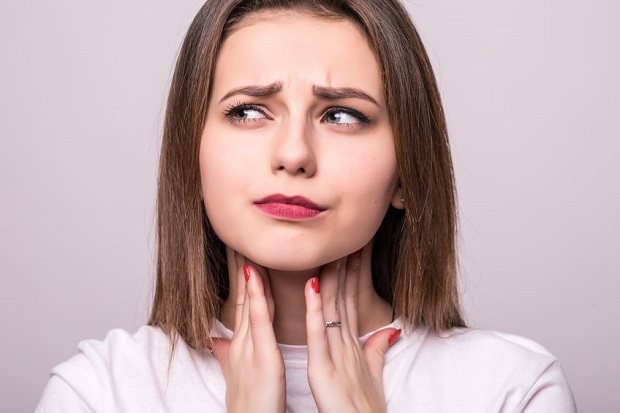
Why Do We Have Birthmarks?
Why do some people have birthmarks while others don’t? Several factors contribute to the appearance of birthmarks, including ethnicity, genetics, gender, and birth conditions. Birthmarks can be divided into two main groups: pigmented and vascular. Pigmented birthmarks occur in 2% of births, while more than one in ten babies is born with some kind of vascular birthmarks, such as hemangiomas and port-wine stains. ((American Family Physician – “Newborn Skin: Part II. Birthmarks.”))
Some Birthmarks Are Gender-Specific
Some birthmark types are more prevalent in one gender than another. For example, infantile hemangiomas, a congenital vascular malformation, are three times more common in females than males. ((Stanford Medicine Children’s Health – “Infantile Hemangioma“))
Birthing Conditions Contribute to Birthmark Formation
Some birthmarks are more prevalent under certain birth conditions. For example, hemangiomas are more common in multiple births and in low birth weight premature births. Advanced maternal age may also play a factor. ((National Library of Medicine – PubMed – “Prospective Study of Infantile Hemangiomas: Demographic, Prenatal, and Perinatal Characteristics“))
Genetics Factor in Birthmark Incidence Rate
Though it has been believed that, for the most part, heredity does not play a factor in birthmark formation, researchers have recently discovered that this may not be entirely true.
Bjorn Olsen, Harvard Forsyth Professor of Oral Biology, has recently discovered a gene that affects certain families’ susceptibility to developing venous malformations known as vascular birthmarks. Vascular birthmarks, including hemangiomas and stork bites, result because of an overabundance of blood vessels. ((Harvard University Gazette – “When a Birthmark Is Born“))
Neurofibromatosis. Certain birthmarks may indicate underlying conditions. Neurofibromatosis is a condition that occurs in about one in every three-thousand births in the United States and is often signaled by the presence of six or more café au lait spots. Half of the neurofibromatosis cases are inherited, with the rest occurring because of a genetic mutation. ((National Library of Medicine Bookshelf – StatPearls – “Neurofibromatosis“))
Klippel-Trenaunay-Weber syndrome. Port-wine stains may occur because of Klippel-Trenaunay-Weber syndrome, a genetic mutation that is believed to occur sporadically. Sturge-Weber syndrome is often accompanied by a port-wine stain on the forehead and upper eyelid on one side of the face. The causes of this syndrome are unknown. ((National Library of Medicine – Medline Plus – “Klippel-Trenaunay Syndrome.”))
Ethnicity Plays a Major Role in Why Certain People Have Birthmarks
Ethnicity can play a factor in the incidence rate of particular types of birthmarks.
Mongolian blue spots. An example of a birthmark type associated with ethnicity is Mongolian blue spots, also known as Mongolian spots; Congenital dermal melanocytosis; or Dermal melanocytosis. These bluish-gray markings that look almost bruise-like occur primarily in babies of Native American, Asian, and Hispanic descent. The incident rate for Native Americans has been reported as high as 90%, followed by 80% of Asian descent and 70% of Hispanic descent. Caucasian babies can also have them, but the incidence rate is much lower (1-10%). ((Medscape – “Congenital Dermal Melanocytosis (Mongolian Spot)“))
Café au lait birthmarks. Another example of a birthmark type associated with ethnicity is the café au lait birthmark. These Café au lait birthmarks are more common in people of African American descent.
In the US, only .3% of Caucasian children are born with this birthmark, while it is present in 18% of African American children. The number increases into childhood, with the birthmark present in 13% of Caucasian children compared to 27% of African American children. ((National Library of Medicine Bookshelf – PearlStats – “Care Au Lait Macules“))
Infantile Hemangiomas. Infantile hemangiomas occur most often in babies of Caucasian descent. For example, salmon patches are present in 44% of infants in the white population. ((National Library of Medicine – Case Reports in Medicine – “Persistent Salmon Patch on the Forehead and Glabellum in Chinese Adults“))





